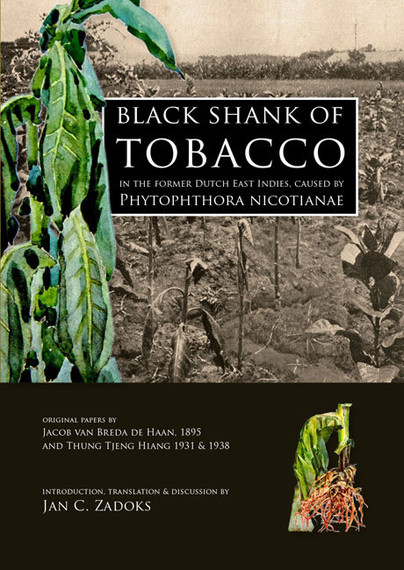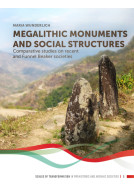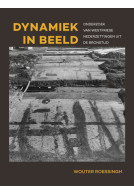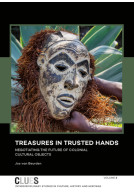Google Books previews are unavailable because you have chosen to turn off third party cookies for enhanced content. Visit our cookies page to review your cookie settings.
Black Shank of Tobacco in the Former Dutch East Indies, caused by Phytophthora Nicotianae (Paperback)
Imprint: Sidestone Press
Pages: 230
ISBN: 9789088902833
Published: 22nd January 2015
Script Academic & Professional
Pages: 230
ISBN: 9789088902833
Published: 22nd January 2015
Script Academic & Professional
You'll be £35.00 closer to your next £10.00 credit when you purchase Black Shank of Tobacco in the Former Dutch East Indies, caused by Phytophthora Nicotianae. What's this?
+£4.99 UK Delivery or free UK delivery if order is over £40
(click here for international delivery rates)
Need a currency converter? Check XE.com for live rates
(click here for international delivery rates)
Need a currency converter? Check XE.com for live rates
Jacob van Breda de Haan is known as the author of the name Phytophthora nicotianae n.sp., the causal agent of ‘black shank’, an important disease of tobacco. Who was he? Where did he work? What did he publish? He published in Dutch, 1896, in a Dutch colonial report series. Next question: what more on tobacco diseases was written in obscure, colonial Dutch documents? Another scientist, Thung Tjeng Hiang, better known as the first Wageningen professor of plant virology, presented two original papers in Dutch on ‘black shank’ with the word ‘epidemiologie’ in their title, 1931 and 1938. Therewith Thung was an early bird in plant disease epidemiology.
The foundational paper by van Breda de Haan and two important papers by Thung are presented here in English translation. Both authors worked in the former Dutch East Indies, present Indonesia, the first on the island of Sumatera, the latter on that of Java. Both were in the service of tobacco planters; they had to solve immediate problems as fast as possible. In a pioneer situation, van Breda de Haan was confronted with a sudden seedling disease which devastated the tobacco seedlings in the seed beds and which, yes, could lead to ‘black shank’ in adult plants. Thung, working in a well-organized environment, had to prevent ‘black shank’ in the tobacco plantations.
Both authors were successful in controlling disease by means of a combination of ecological intervention and chemical treatment. Whereas van Breda de Haan could only dream of genetic control, Thung could incorporate the use of a fairly resistant cultivar in his recommendations. The 1896 paper has epidemiological observations scattered throughout, without using the word epidemiology. The 1931 and 1938 papers are probably ‘firsts’ in the Dutch phytopathological literature having epidemiology in their title, one an early study in quantitative, comparative epidemiology and the other an early version of landscape epidemiology.
The three papers are preceded by a sketch of tobacco cultivation in the former Dutch East Indies, describing the position of the two authors in the tobacco scene; they are followed by a long-due biography of a forgotten plant pathologist, Jacob van Breda de Haan
Other titles in Sidestone Press...















